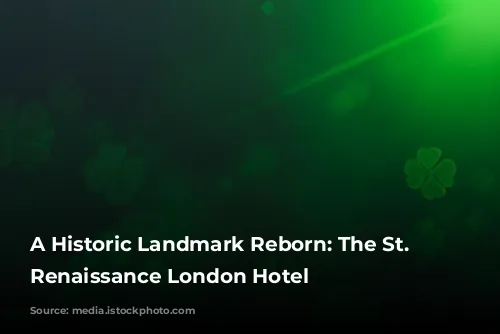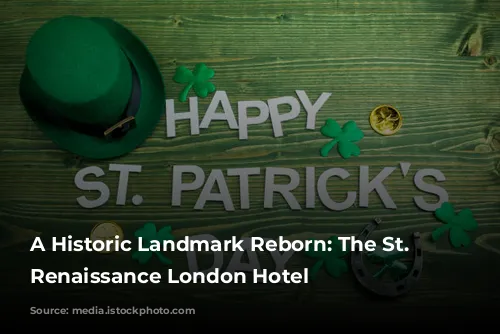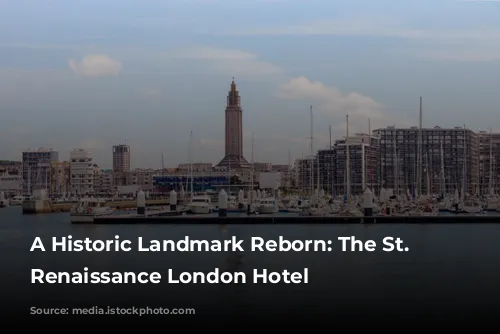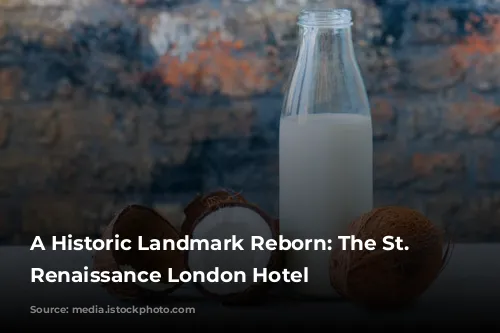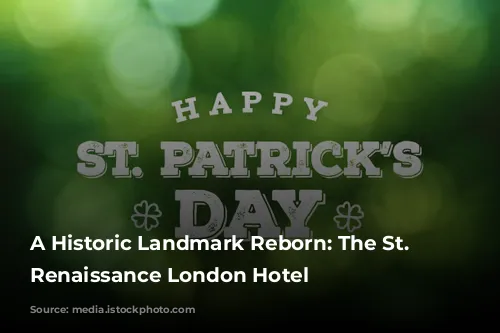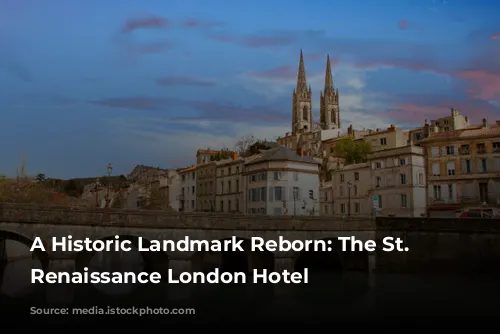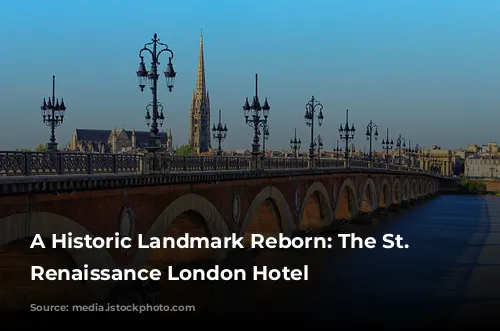Step into a bygone era of elegance and grandeur at the St. Pancras Renaissance London Hotel, a magnificent edifice that dominates the landscape of St. Pancras railway station. This architectural gem is more than just a hotel; it’s a living testament to Victorian opulence and a gateway to the continent.
The station, a bustling hub of international travel, serves as the final stop for high-speed trains bound for Paris, Brussels, Amsterdam, and other European destinations. Its history is intricately woven with that of the Midland Grand Hotel, a masterpiece by the renowned architect George Gilbert Scott. The hotel, originally opened in 1873, closed its doors in 1935, but its legacy was preserved.
From Railway Offices to a Grand Reopening
After its closure, the building was repurposed as railway offices, operating as St Pancras Chambers. Time, however, took its toll. The once magnificent hotel faced the threat of demolition. Thankfully, Jane Hughes Fawcett, a champion of Victorian architecture, rallied support, successfully petitioning for the building’s preservation. In 1967, both the hotel and the station were granted Grade I listed status, a testament to their historical significance.
Despite the preservation efforts, the building fell into disrepair, failing to meet fire safety regulations. The exterior was meticulously restored and strengthened in the 1990s, a monumental undertaking that cost approximately £10 million. This critical step paved the way for the hotel’s grand resurrection.
The Hotel’s Transformation and Modern Amenities
In 2004, the building received planning permission for its transformation into a world-class hotel. Aedas RHWL, renowned architects, spearheaded the project, breathing new life into the historic structure. The hotel’s public spaces, including the grand staircase and some bedrooms, were meticulously restored, preserving the essence of its Victorian heritage. To meet the demands of modern travelers, a new wing was built on the western side of the Barlow train shed, adding contemporary accommodations and amenities.
The hotel boasts a total of 244 rooms, two restaurants, two bars, a health and leisure center, a ballroom, and 20 meeting and function rooms. The upper floors of the original building were also redeveloped into 68 luxurious apartments by the Manhattan Loft Corporation.
A Symbol of Rebirth and a Cinematic Presence
The St. Pancras Renaissance Hotel opened its doors to guests on March 14, 2011, with a formal grand opening ceremony on May 5th, precisely 138 years after its original inauguration. This magnificent edifice has captured the imagination of filmmakers, appearing in several renowned films and television productions.
Its imposing grandeur has served as a setting for various historical dramas and fantasy films, including “Richard III,” “Batman Begins,” and “The Secret Garden.” The iconic hotel’s presence in the music video for the Spice Girls’ hit song “Wannabe” further cemented its status as a cultural touchstone. The hotel and station also served as the impressive backdrop for scenes in the “Harry Potter” films.
A Legacy of Luxury and History
The St. Pancras Renaissance London Hotel stands as a beacon of Victorian architecture and a testament to the enduring power of preservation. It has evolved from a grand hotel to a railway office, then back to its former glory as a luxurious haven for travelers seeking a taste of history and modern comfort. Its iconic presence continues to captivate visitors, making it an unforgettable destination in the heart of London.
